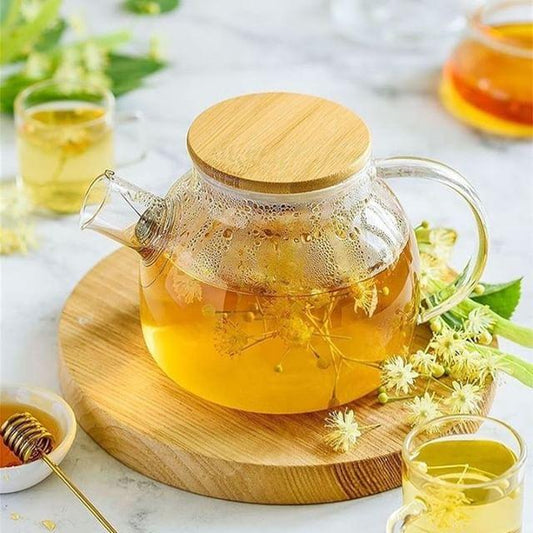The Magic of Fermentation: Transform Your Meals with Kimchi, Kombucha, and More 🧪🥬🍹

Fermentation might sound like something out of a science lab 🧫, but it’s one of the oldest culinary techniques in the world—and one of the most magical ✨. This ancient method of preserving food does more than extend shelf life: it enhances flavor, boosts nutrition, and introduces a whole world of textures and tastes to your kitchen 🍽️.
From spicy kimchi 🌶️ to effervescent kombucha 🥂, fermented foods have taken center stage in modern cooking—and for good reason.
What Is Fermentation, Really? 🤔
Fermentation is the process where natural bacteria and yeasts break down sugars and starches in food 🧬. This metabolic reaction produces beneficial enzymes, probiotics, and organic acids. It’s what turns milk into yogurt 🥛, cabbage into sauerkraut 🥬, and sweet tea into kombucha 🍵.
But it’s more than just a chemical process—it’s flavor alchemy 🔮.
Why Fermented Foods Are a Game Changer 🏆
-
Flavor Explosion 💥: Fermentation adds complexity—tang, umami, fizz—that you just can’t get any other way.
-
Gut Health Hero 🦠: Fermented foods are rich in probiotics, the good bacteria that support digestion and immunity.
-
Nutrient Boost 💪: Fermentation can increase levels of vitamins like B and K, and make minerals more bioavailable.
-
Preservation Without Preservatives 🚫🥫: These foods stay fresh naturally, without artificial additives.
Meet the Fermented All-Stars 🌟
Kimchi 🇰🇷
A staple in Korean cuisine, kimchi is a spicy, pungent blend of napa cabbage, radishes, garlic, chili, and more 🥢. Fermented for days or weeks, it’s a probiotic powerhouse and a bold sidekick to rice, noodles, and even grilled cheese sandwiches 🧀.
Kombucha 🍹
This fizzy fermented tea has gained a cult following. Made by fermenting sweet tea with a SCOBY (a symbiotic colony of bacteria and yeast), kombucha is tart, refreshing, and can be flavored with everything from ginger to berries 🍓.
Sauerkraut 🇩🇪
This German classic is simply fermented cabbage—but don’t let the simplicity fool you. Its sour crunch adds a punch to sausages, sandwiches, and salads 🌭🥪.
Miso 🍲
A fermented soybean paste from Japan, miso adds depth to soups, marinades, and dressings. It’s salty, savory, and full of umami 🍛.
Tempeh 🌱
Originating from Indonesia, tempeh is a fermented soybean cake with a firm texture and nutty flavor. It's an excellent source of protein and a satisfying meat substitute 🍴.
Fermentation at Home: Surprisingly Simple 🏠👩🍳
You don’t need a lab coat or a PhD to ferment at home. All you need are a few basic ingredients, a clean jar, and some patience ⏳.
-
Start small. Try making sauerkraut with just cabbage and salt 🧂.
-
Sanitize. Clean jars and tools are key to avoiding unwanted microbes 🧼.
-
Be patient. The magic takes time—but the results are worth it 🪄.
Creative Ways to Use Fermented Foods 🎨🍴
-
Add kimchi to tacos or scrambled eggs 🌮🍳.
-
Use kombucha in salad dressings or cocktails 🥗🍸.
-
Mix sauerkraut into potato salad for a tangy twist 🥔.
-
Whisk miso into a butter sauce for roasted veggies 🧈🥕.
-
Crumble tempeh into chili or stir-fries 🌶️🥘.
Final Thoughts: Fermentation Is Flavor, Health, and History 🌍💚
Fermentation connects us to generations of cooks who preserved food with intuition and time 🕰️. It’s not just about pickled things in jars—it’s a living tradition, bubbling with potential ♻️. Whether you're boosting gut health, chasing bold flavors, or exploring global cuisines 🌎, fermented foods are the secret ingredient you didn’t know you needed.
So grab a jar, get a little funky 🕺, and let fermentation transform your meals—and maybe even your mindset 🧠✨.
Share:





